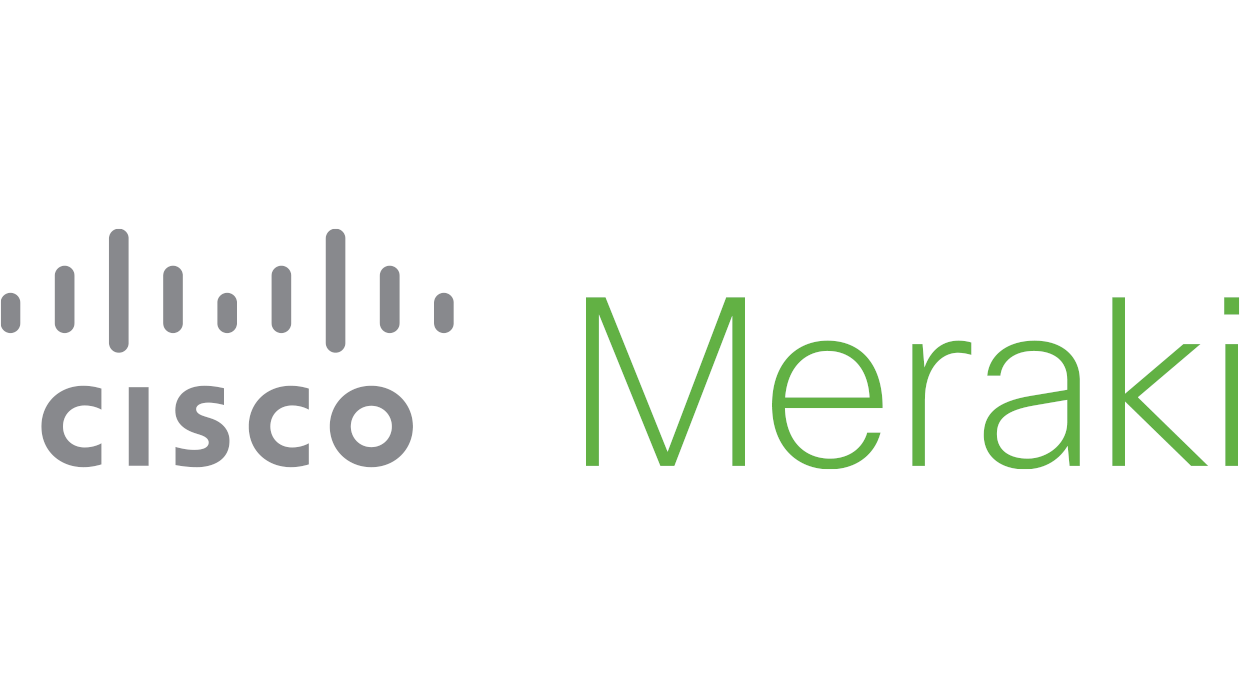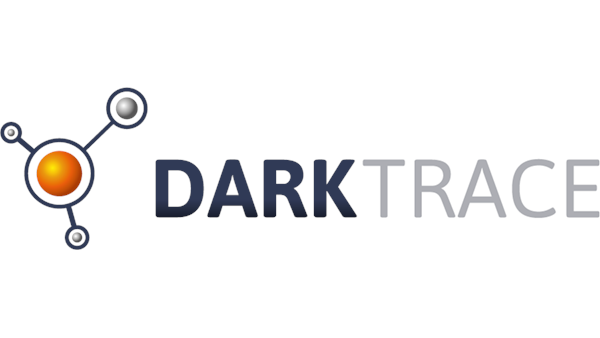Understanding Vulnerability Assessments and Penetration Testing
/Maturing your security strategy requires you to know the tools you can use, and most security teams are aware of the need for penetration testing and vulnerability tests. Yet, the terms are often used synonymously. Vulnerability assessments are not pen tests, but penetration tests can include vulnerability assessments.It may seem confusing at first but let’s dive a little deeper into the differences between vulnerability assessment and penetration testing.
Penetration Testing & Vulnerability Assessments 101
Penetration Testing is the cybersecurity practice of simulating an attack on your computer system. By doing so, various vulnerabilities in your organization’s defenses can be brought to light and further strengthened. Identifying weaknesses before attackers can exploit them is particularly key in achieving a proactive, successful cyber defense against today’s ever increasing breach statistics.
In comparison, a vulnerability assessment is the process of detecting and assessing the vulnerabilities in your organization’s cyber environment (network, websites, applications, etc.). It’s usually performed with the help of an automated vulnerability scanner tool that routinely scans your systems for common vulnerabilities and exposures by referencing a vulnerability database.
Vulnerability assessments are also commonly a part of a wider pen testing project, as it allows the experts to immediately understand the network’s maturity in relation to known threats. That information provides an excellent foundation for pen testers to leverage when conducting a hands-on exploitation of systems to determine where the full vulnerabilities of the network lie.
The Features & How To’s
Pen Testing
Pen testing is best conducted by a third party experts, oftentimes called “ethical hackers.” This is to ensure that the expert performing the pen test will have no prior knowledge of your existing security system, much like an actual threat actor working to breach your organization would. Having an unbiased individual attempt to break into your network system can help reveal any blind spots that your team missed and provide valuable feedback. Given the depth of this form of testing, penetration tests typically benefit organizations with a more mature security posture the most.
Uniquely, pen testers work with clients to develop a detailed, custom step-by-step guide to reproduce and fix vulnerabilities that they’ve discovered while exploiting systems. This is a highly valuable resource for most organizations as it provides an accurate look at their specific business risks with no false positives while giving immediate advice on how to minimize that risk. This helps their security teams promptly to begin closing loopholes and protecting themselves from both known and unseen organizational-specific risks and business logic errors.
Additionally, proper consultation with experts beforehand will alleviate any concerns around consent and allowed, and/or excluded, activities and devices. The teams will work with your organization to determine goals and hard limits, get approvals, and make sure there is appropriate procedures in place.
Vulnerability Assessments
Vulnerability assessments are performed by a scanning software which checks an organization’s network or an application for known vulnerabilities by referencing a database of details about various known attack vectors. Once the scan is done, a report is created that documents the vulnerabilities and assigns risk scores to them. The report usually includes some basic remediation guidance.
The automated nature makes this an essential tool for many organizations as it provides a regular check against known threats and routinely ensures the network, applications, and devices are in compliance with basic security regulations – which is vital for industries with mandatory security regulations such as HIPAA or SOC2.
One drawback however is that the report and recommendations only include ways to protect against known threats. There is simply no way to protect against zero-day threats with a vulnerability assessment, as the hallmarks of a zero-day attack signature are unknown until discovery. As such, some critical vulnerabilities can be easily missed during vulnerability assessments.
The Showdown
So what is better – vulnerability assessments or pen testing?
Well…the simple answer is: it depends.
In reality, both vulnerability assessments and pen testing are vital to an organization’s security strategy in different ways. More so, different organizations will have different needs, determined by their compliance standards, maturity, and availability, which impact the relative usefulness of both types of these assessments.
To help you get a better understanding of what your organization may need, we’ve built the following graphic to take a look at how vulnerability assessments do across different categories.
Need to Evolve Your Security Strategy?
If you want to evolve your organization’s security strategy with pen testing or vulnerability assessment tools – just reach out at [email protected]! We’re happy to help you find the right resources to partner with in order to help your team beat the bad guys.












